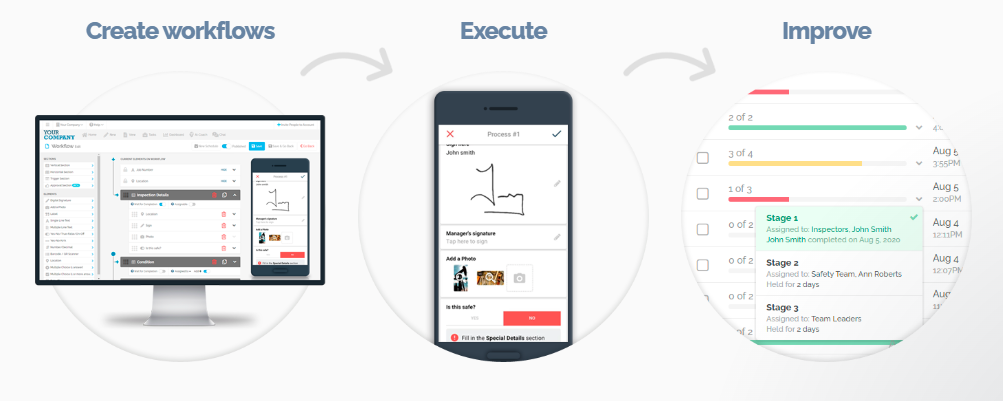Reliability-centered maintenance (RCM) is a proven approach to ensure the optimal performance of equipment in power plants. With the advent of digital workflow procedure builders like FAT FINGER, implementing RCM has become more efficient and effective. FAT FINGER empowers front-line teams to do their work correctly every time, unlocking operational excellence through its comprehensive features.
Understanding Reliability-Centered Maintenance
Reliability-centered maintenance is a systematic approach to defining a routine maintenance program using system analysis. The primary goal of RCM is to identify maintenance tasks that are cost-effective and ensure reliability of the equipment.
The Need for RCM in Power Plants
Power plants are complex systems with numerous equipment and machinery that require regular maintenance. Implementing RCM in power plants can significantly reduce downtime, increase productivity, and enhance safety.
This approach aids in identifying and addressing potential issues before they escalate into serious problems that could lead to unplanned outages or system failures.

By adopting RCM, power plants can considerably reduce downtime. Downtime, whether planned for routine maintenance or unplanned due to unexpected breakdowns, can result in substantial power generation and revenue losses. Through the proactive measures of RCM, potential malfunctions can be detected and corrected in advance, thereby minimizing the frequency and duration of downtime.
Moreover, RCM can increase productivity in power plants. By ensuring that all equipment and machinery are functioning optimally, power plants can generate and distribute power more efficiently. This can lead to increased output, better utilization of resources, and, subsequently, higher profits.
Safety is another crucial aspect that can be enhanced through the implementation of RCM. Power plants, due to the nature of their operations, pose various risks and hazards. Through RCM, potential safety issues can be identified and mitigated beforehand. This can lead to a safer working environment for the plant’s personnel and reduce the risk of incidents that could harm the surrounding communities or the environment.
Role of FAT FINGER in Implementing RCM

FAT FINGER, with its drag & drop workflow builder, mobile & desktop workflows, dashboards, integrations, augmented reality, IoT device connectivity, and artificial intelligence coaching, plays a crucial role in implementing RCM in power plants.
- Safety: FAT FINGER aids in safety procedures like Take 5 Safety, near miss reporting, JSA/JHA, risk assessment, incident reporting, and journey report.
- Operations: It assists in operational tasks like material inspection, quality control, shift handover, facility inspection, line changeover, and field ticketing.
- Maintenance: FAT FINGER is instrumental in maintenance activities like work order checklist, truck inspection checks, mobile asset inspection, shutdown/turnaround form, Preventive maintenance inspection, and predictive maintenance.
Benefits of Implementing RCM with FAT FINGER
Implementing RCM with FAT FINGER offers numerous benefits:
- Improved equipment reliability and performance
- Reduced maintenance costs
- Increased safety
- Enhanced productivity
- Optimized resource allocation
Conclusion
Reliability-centered maintenance is a crucial aspect of power plant operations. With the help of digital workflow procedure builders like FAT FINGER, implementing RCM becomes more efficient and effective. FAT FINGER not only aids in streamlining maintenance procedures but also ensures safety and operational excellence.
Experience the power of FAT FINGER in implementing reliability-centered maintenance in your power plant. Sign up today or request a demo to learn more about how FAT FINGER can transform your maintenance procedures.


